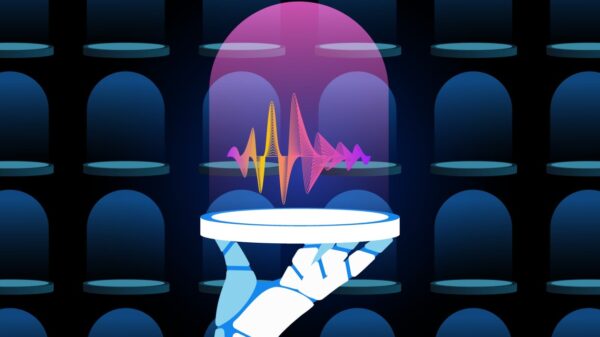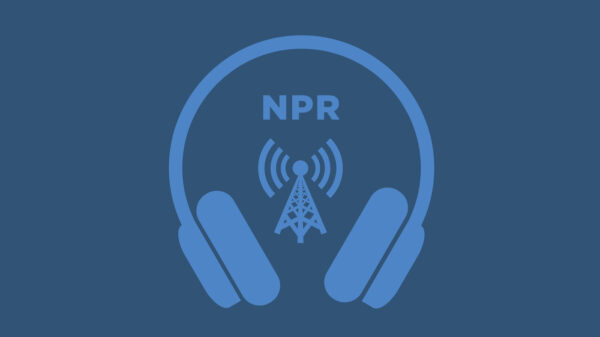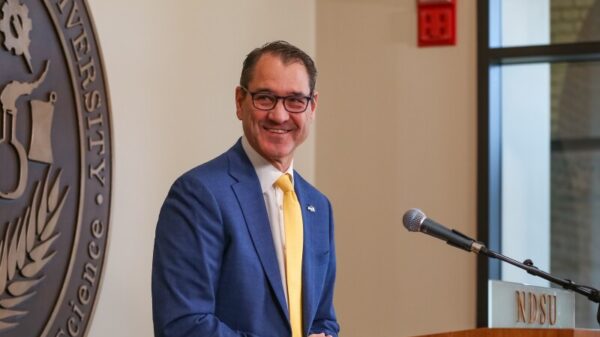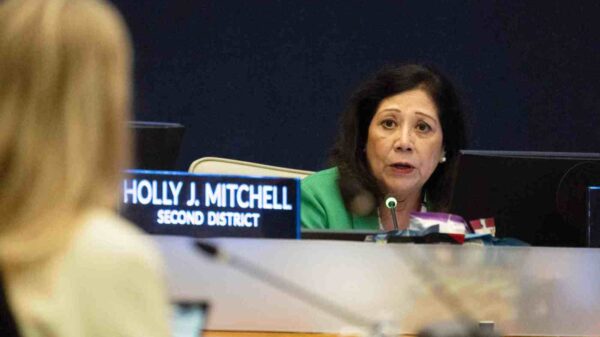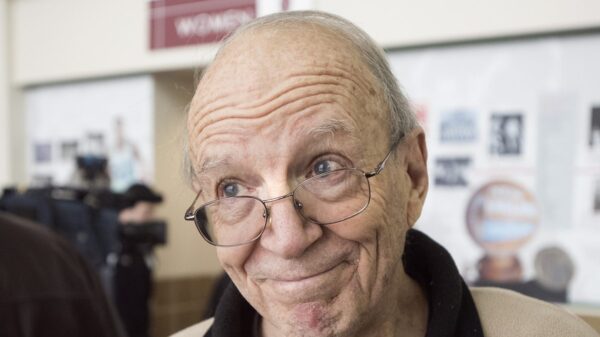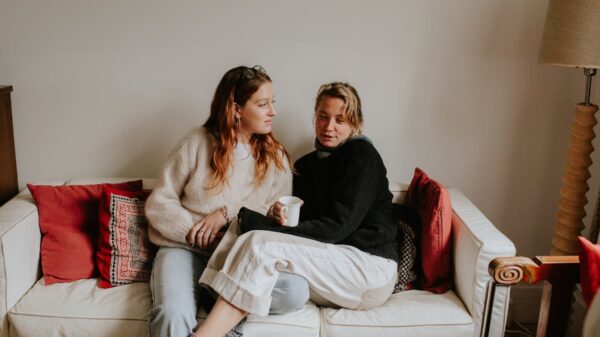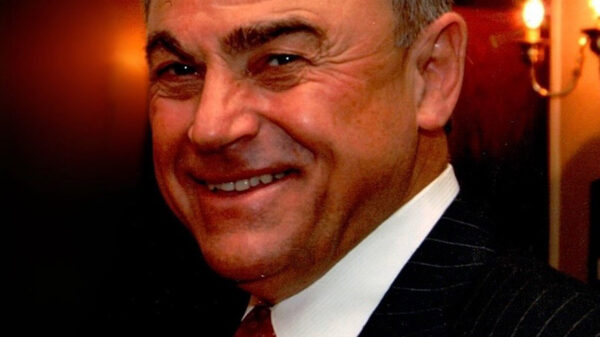Food writer and editor grapples with a binge-eating disorder while navigating the complexities of her career. This duality of passion and struggle highlights the often-hidden challenges many face in their relationship with food. For this writer, food is not just a source of joy; it is intertwined with memories that evoke both happiness and pain.
Growing up in an Italian family, food represented love and connection. Memories of Nonna’s lasagne during Easter and her zeppole at Christmas are cherished. Yet, darker moments linger, such as the emotional turmoil associated with family gatherings marked by grief and excessive eating. Experiences like the tragic choking of her infant brother intensified the writer’s lifelong battle with emotional eating, leading to a cycle of bingeing and guilt.
As a child, the thrill of sneaking chocolates became a form of escapism. This relationship with food evolved throughout her adolescence, marked by drastic weight fluctuations. The struggle for control led to unhealthy practices, including severe calorie restriction and excessive exercise. This approach proved unsustainable, resulting in feelings of failure whenever she indulged in what she considered “unhealthy” food.
The writer’s career as a food journalist further complicated her relationship with food. With her professional identity centered around culinary exploration, the internal conflict intensified. As she transitioned to working full-time in food media during Melbourne’s COVID-19 lockdowns, the line between her work and disordered eating blurred. She found herself covering the restaurant industry by day and bingeing on takeout by night.
Socializing post-lockdown presented additional challenges. Attending industry dinners triggered anxiety about overeating in front of peers, leading her to seek comfort in alcohol. One night culminated in a distressing incident where she experienced violent vomiting, an episode that remains largely unshared due to the stigma surrounding binge-eating disorders. The isolation that accompanies this condition often deepens the cycle of shame and secrecy.
According to the Butterfly Foundation, binge eating is the most prevalent eating disorder in Australia. Despite its commonality, the writer felt profoundly alone in her experiences. She sought support from the Butterfly Foundation, leading to a diagnosis and treatment over several years. Initially, she kept a food journal, but this practice felt like a fixation rather than a path to recovery.
A pivotal moment in her journey occurred when she decided to take three months off work. This break allowed her to focus on establishing balanced eating habits, incorporating three meals and two snacks daily. Following the guidance of her clinician, this approach proved transformative, leading to a healthier relationship with food. With newfound clarity, she returned to writing about food as a freelancer, rediscovering her passion without the overwhelming compulsion to binge.
While binge eating no longer holds her as tightly as before, challenges remain. Days still arise when the urge to binge is strong, but she is learning to navigate these feelings without shame. Embracing her condition as part of her narrative rather than a source of embarrassment has become a crucial aspect of her recovery.
The writer’s journey sheds light on the importance of understanding and addressing the realities of eating disorders. As she reflects on her experiences, she recognizes that shame thrives in silence. By sharing her story, she hopes to illuminate the path for others who may be struggling.
Support is available for those facing similar challenges. In Australia, the Butterfly Foundation offers free and confidential assistance for eating disorders by calling 1800 33 4673. In the United States, resources can be found at nationaleatingdisorders.org or by contacting the ANAD hotline at 800-375-7767. International helplines are accessible through Eating Disorder Hope.
This candid exploration of the intersection between a career in food and personal struggles offers a powerful reminder of the complexities of eating disorders. By bringing her experiences to light, the writer not only advocates for herself but for many others who may feel trapped in silence.


